academic.oup.com/nar/article/...
Congrats to first author Venda for putting it all together! This project was a great collaboration with the @titiasixma.bsky.social lab who helped us give structural meaning to our observations.
academic.oup.com/nar/article/...
Congrats to first author Venda for putting it all together! This project was a great collaboration with the @titiasixma.bsky.social lab who helped us give structural meaning to our observations.
In our new review published in Nature Cell Biology, we explore what we know and what’s next in this exciting field of research!
www.nature.com/articles/s41...

In our new review published in Nature Cell Biology, we explore what we know and what’s next in this exciting field of research!
www.nature.com/articles/s41...
rdcu.be/eqQ7R
This new Perspective discusses approaches to pharmacologically mitigate the adverse effects of DNA damage to prevent mutation-driven cancers and mitigate age-related degenerative diseases

rdcu.be/eqQ7R
This new Perspective discusses approaches to pharmacologically mitigate the adverse effects of DNA damage to prevent mutation-driven cancers and mitigate age-related degenerative diseases
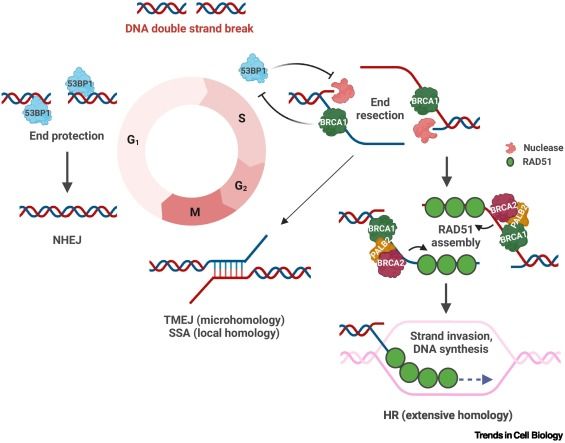
www.cell.com/trends/cell-...

www.cell.com/trends/cell-...
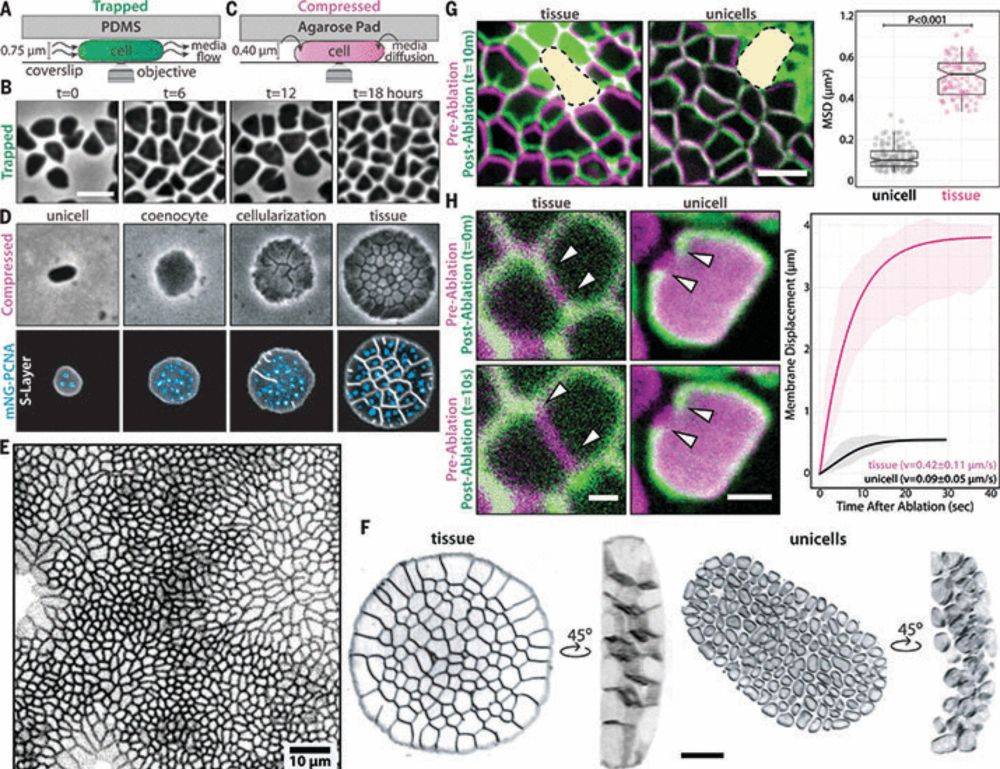
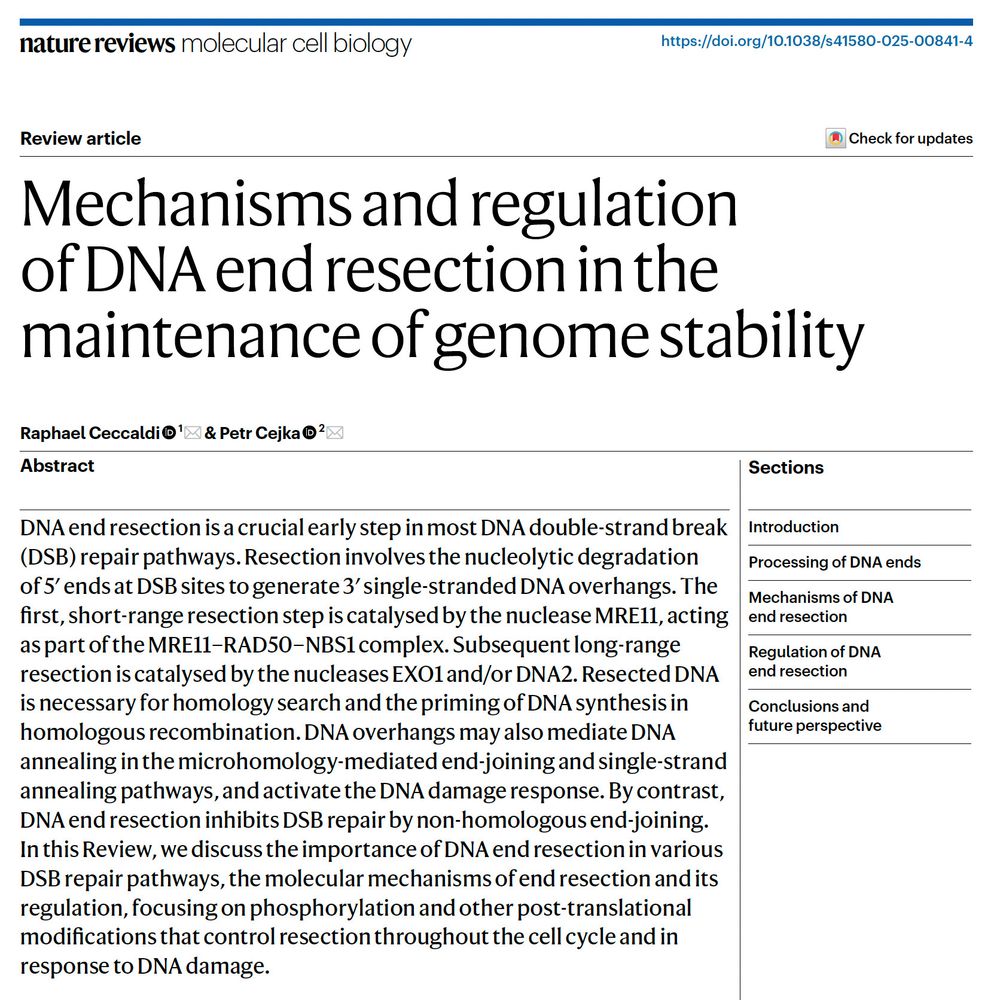
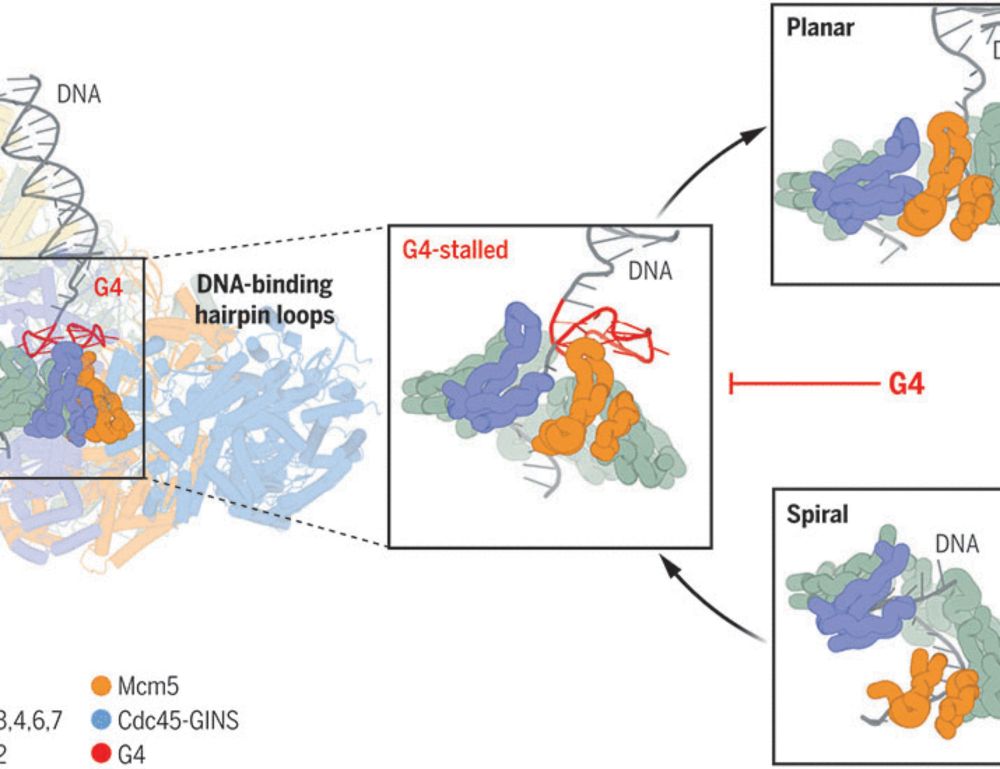
Organized by Helle Ulrich (IMB), Johannes Walter (Harvard) and Anja Groth (Danish Cancer Institute).
www.embl.org/about/info/c...
Organized by Helle Ulrich (IMB), Johannes Walter (Harvard) and Anja Groth (Danish Cancer Institute).
www.embl.org/about/info/c...

To celebrate, Jos Jonkers and I explored three decades of BRCA1 research - what we’ve learned about its biology, its role in tumorigenesis and future directions to improve the life of BRCA1 mutation carriers.
Now out in Cancer Discovery ⬇️: aacrjournals.org/cancerdiscov...
To celebrate, Jos Jonkers and I explored three decades of BRCA1 research - what we’ve learned about its biology, its role in tumorigenesis and future directions to improve the life of BRCA1 mutation carriers.
Now out in Cancer Discovery ⬇️: aacrjournals.org/cancerdiscov...


ProKAS is based on a tandem array of peptide sensors with barcodes for multiplexed, spatial and kinetic applications.
We applied it to DDR kinases. Please share.
www.biorxiv.org/content/10.1...
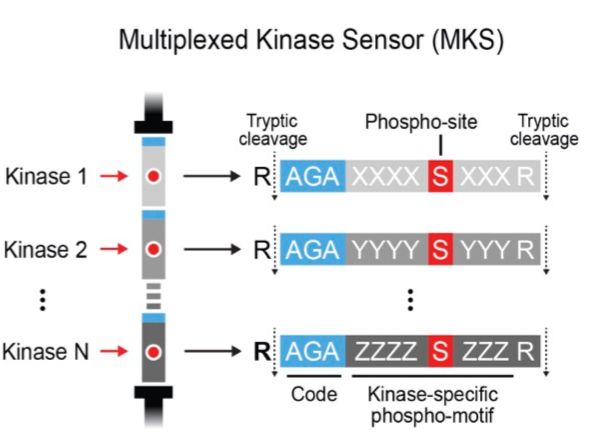
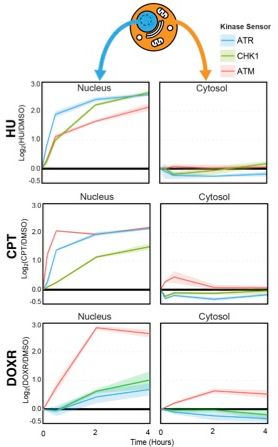
ProKAS is based on a tandem array of peptide sensors with barcodes for multiplexed, spatial and kinetic applications.
We applied it to DDR kinases. Please share.
www.biorxiv.org/content/10.1...
www.ronmilliganceramics.com/philosophy



www.ronmilliganceramics.com/philosophy

DNA Break Repair by Homologous Recombination
youtu.be/Xe-83tBcxhs
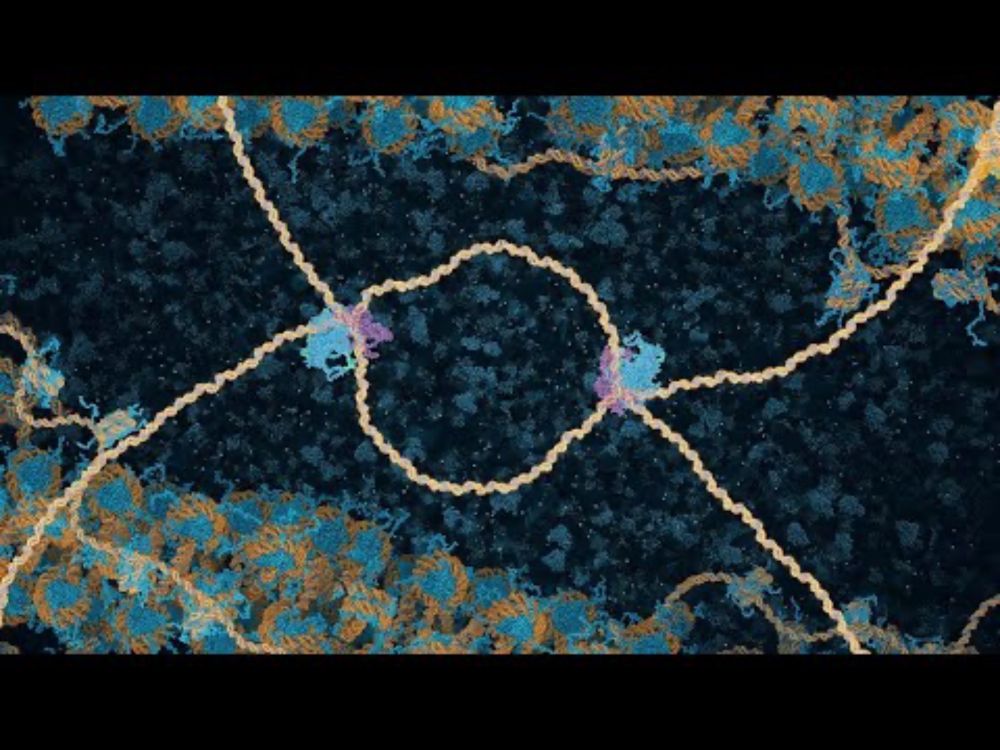
DNA Break Repair by Homologous Recombination
youtu.be/Xe-83tBcxhs

